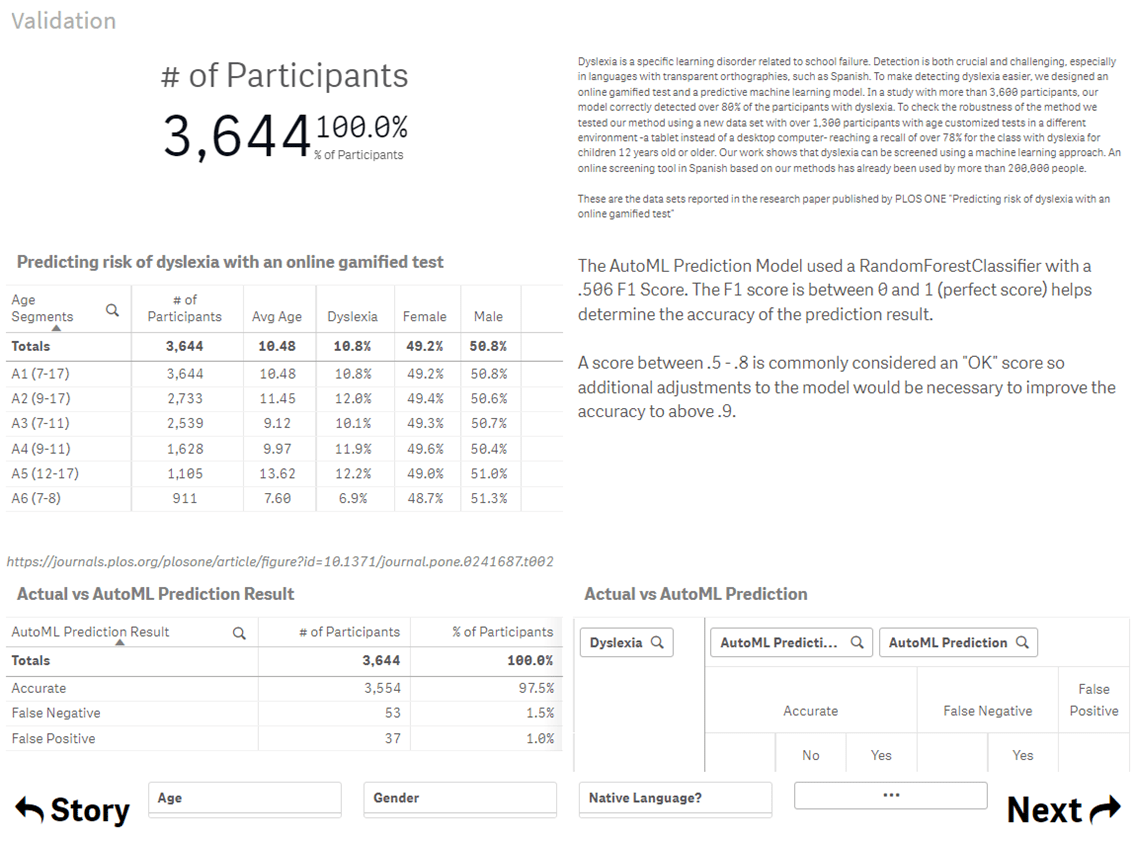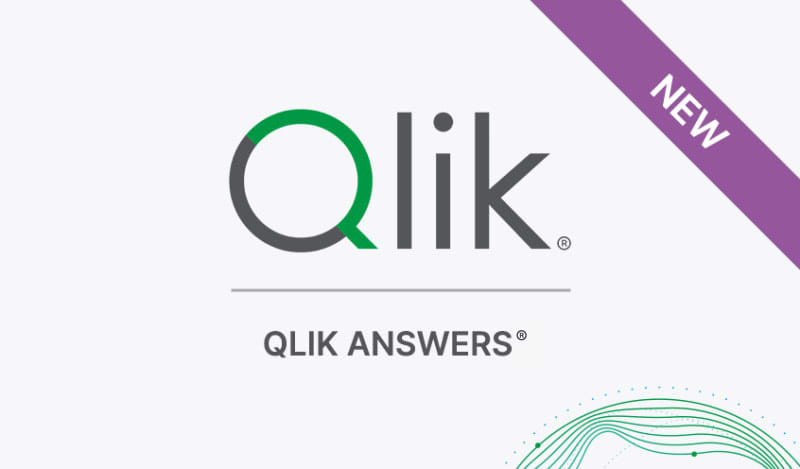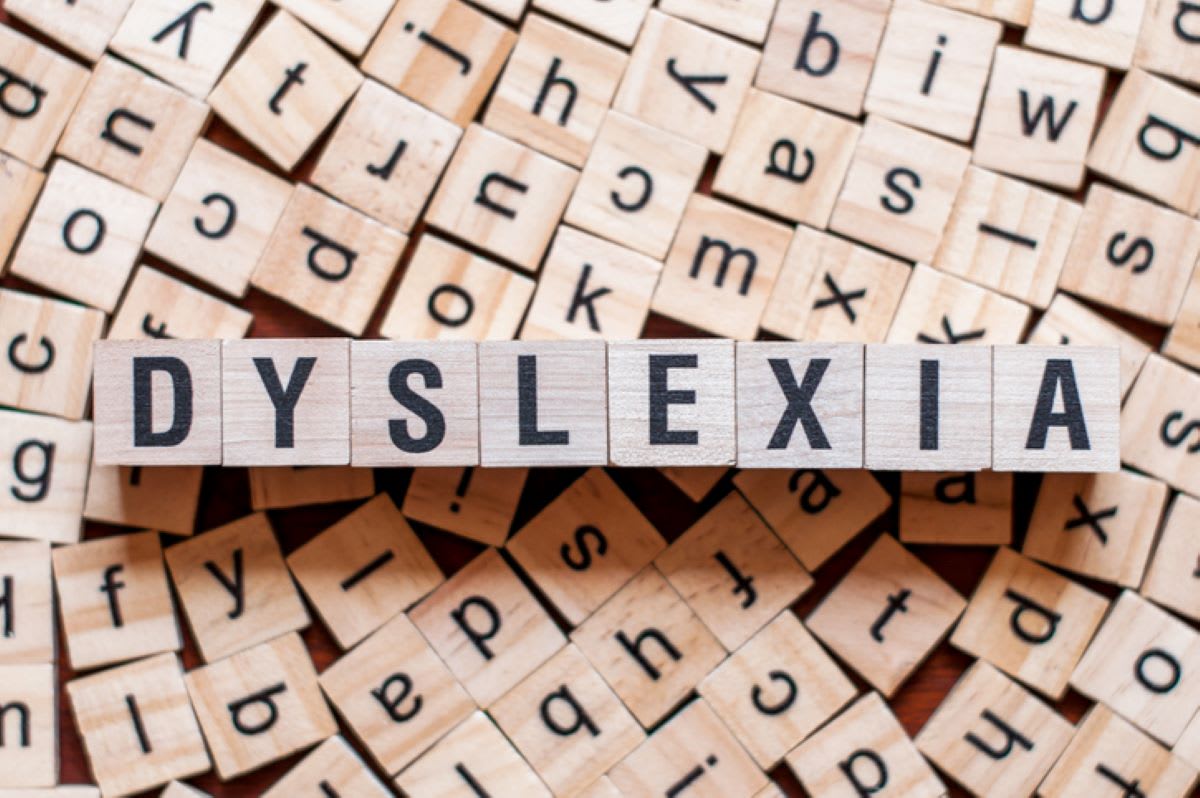Dyslexia, a learning disability that causes difficulty in reading, impacts 10-20% of the global population, with more than 3 million cases per year in the United States alone.
In fact, only 5% of individuals are diagnosed, and 85% of adults who are illiterate have dyslexia. One Qlik Luminary is hoping to change these statistics with predictive analysis, using data to enable parents and educators to detect dyslexia as early as possible and alter learning techniques to help children with this disability to properly develop and flourish.
Marc Wintjen, a Qlik Luminary and Risk Analytics Architect at Bloomberg, recently discovered his son has dyslexia. At first, he and his wife were told by his teachers and doctors that some kids just need a bit more time to catch up. Then, when COVID led to school closures and virtual classrooms, they were able to observe that his struggles with schoolwork were far more serious.
“We were fortunate to be able to get a proper diagnosis and course correct. But, in most cases, children are either diagnosed too late or not at all, leading to a major impact on their confidence and development.”
As an early adopter of our product releases, Marc wanted to personally explore the risks of undiagnosed dyslexia, and how predictive analytics could help parents and educators detect dyslexia as early as possible. He used a data set from a published research study that determined if gamification could be used to predict if a student has dyslexia, available here [1]. From the over 3,000 children ages 7 to 17 in the study, a machine learning model was able to accurately predict the outcome 80% of the time. However, using traditional data science technologies to analyze the hundreds of columns of data in this study could have involved a massive amount of time and effort to come up with these results.
Marc was able to validate this data using Qlik AutoML, the automated learning machine capability now fully integrated into Qlik Cloud, that allows users to easily generate models, make predictions and test business scenarios using a simple, code-free experience.

“I still consider myself a neophyte in predictive analytics. While I am not a data scientist, I was still able to take the same data, load it into AutoML and integrate the model using APIs into a Qlik Sense app with 97% accuracy to the study’s predictions – within an hour.”
“I have participated in data science projects in the past using various technologies outside of Qlik, and the effort to create an accurate prediction model took days, even weeks.”
This app brings together the public data available from the research paper along with an independent validation of the Machine Learning prediction model. With Qlik, there is an opportunity to integrate models quickly and directly into Qlik Sense for fully interactive analysis. And, by making this data more accessible to educators and school administrators, they can help put proper assessments in place and more quickly provide targeted learning techniques for children with dyslexia.
“With my son, we wasted time and effort with traditional means of learning. There is more work to be done, but I built this app not only to validate the study, but also to offer a voice to say, ‘this is a problem that can be solved.’”
Marc’s work will hopefully spearhead a greater effort to understand the data and the potential courses of action for families working through similar issues helping children to find a positive learning experience.
Marc will showcase his app and use of data for good at the QlikWorld Tour in New York City on August 30.
1. Luz Rello, Ricardo Baeza-Yates, Abdullah Ali, Jeffrey P. Bigham, & Miquel Serra. (2020). Predicting Risk of Dyslexia - PLOS ONE [Data set]. Kaggle. https://doi.org/10.34740/KAGGLE/DSV/1617514













































